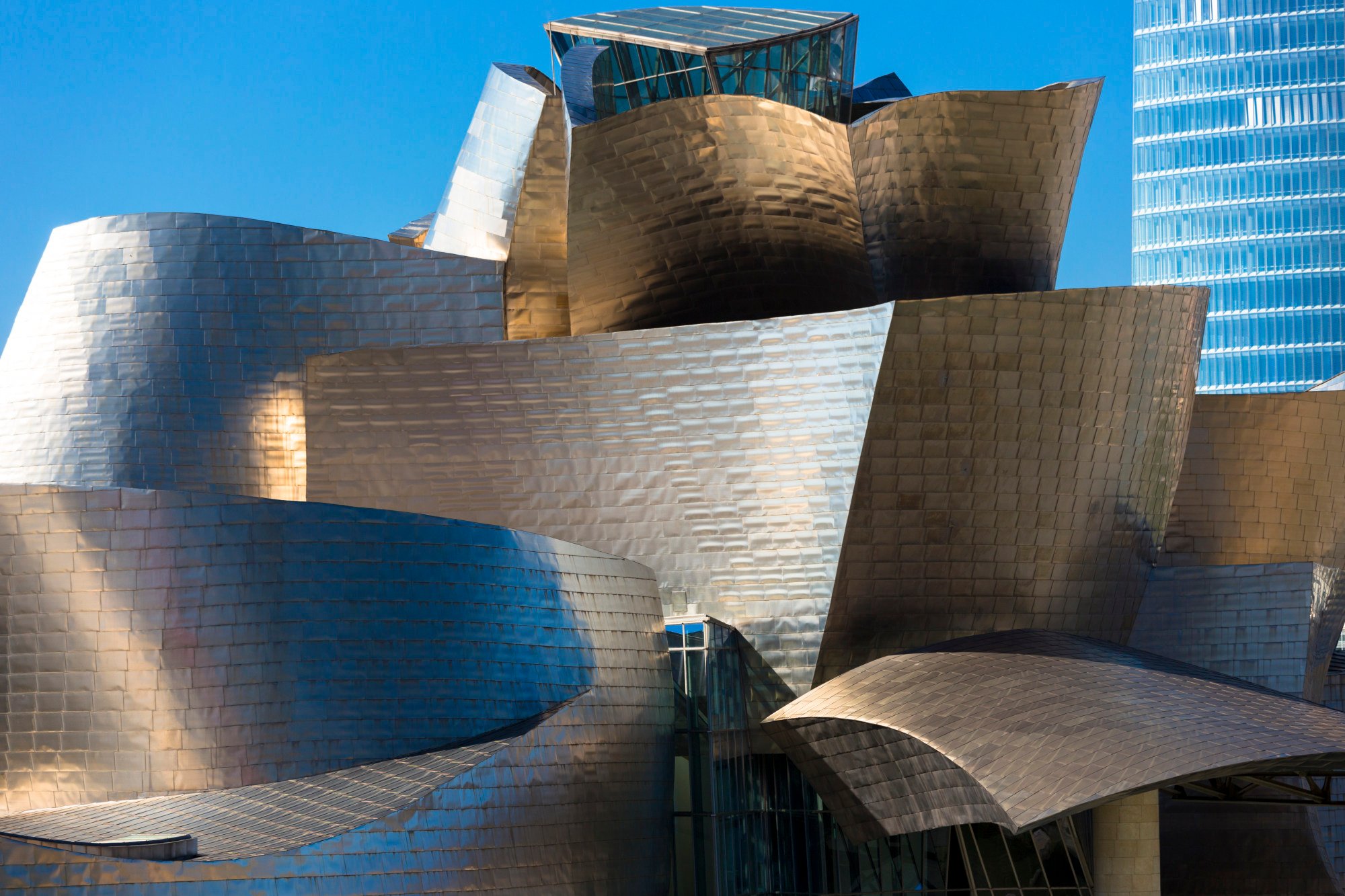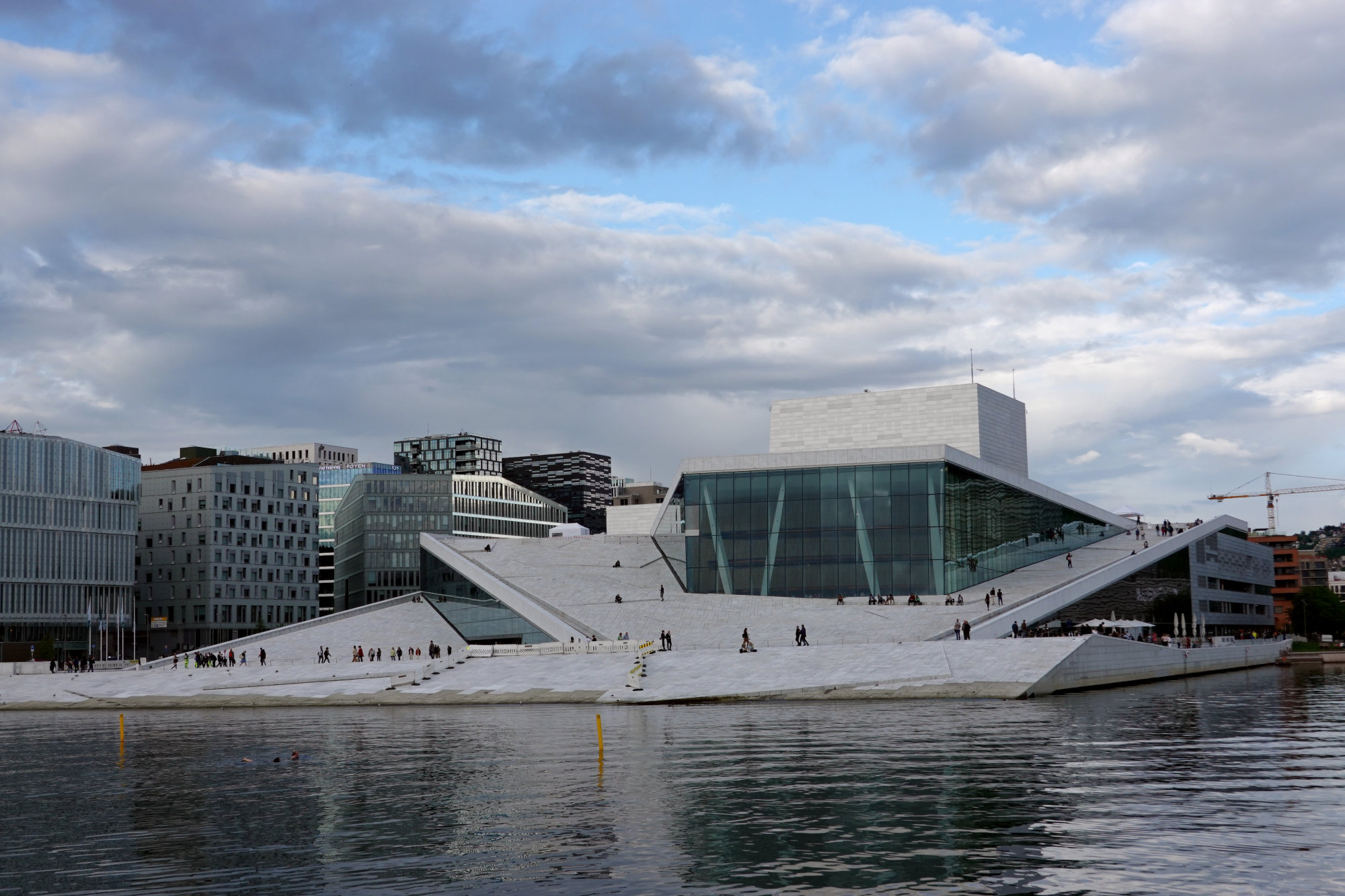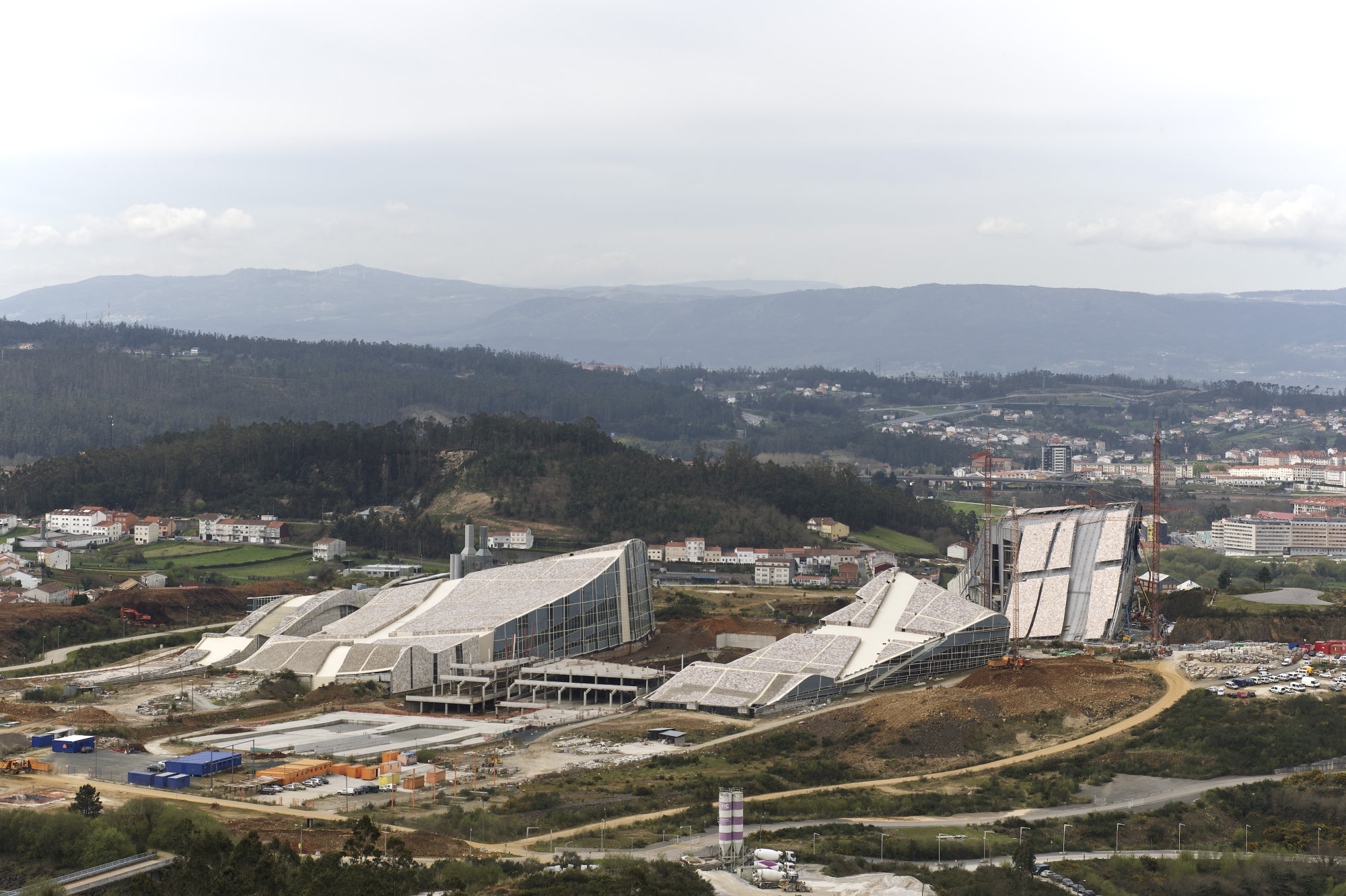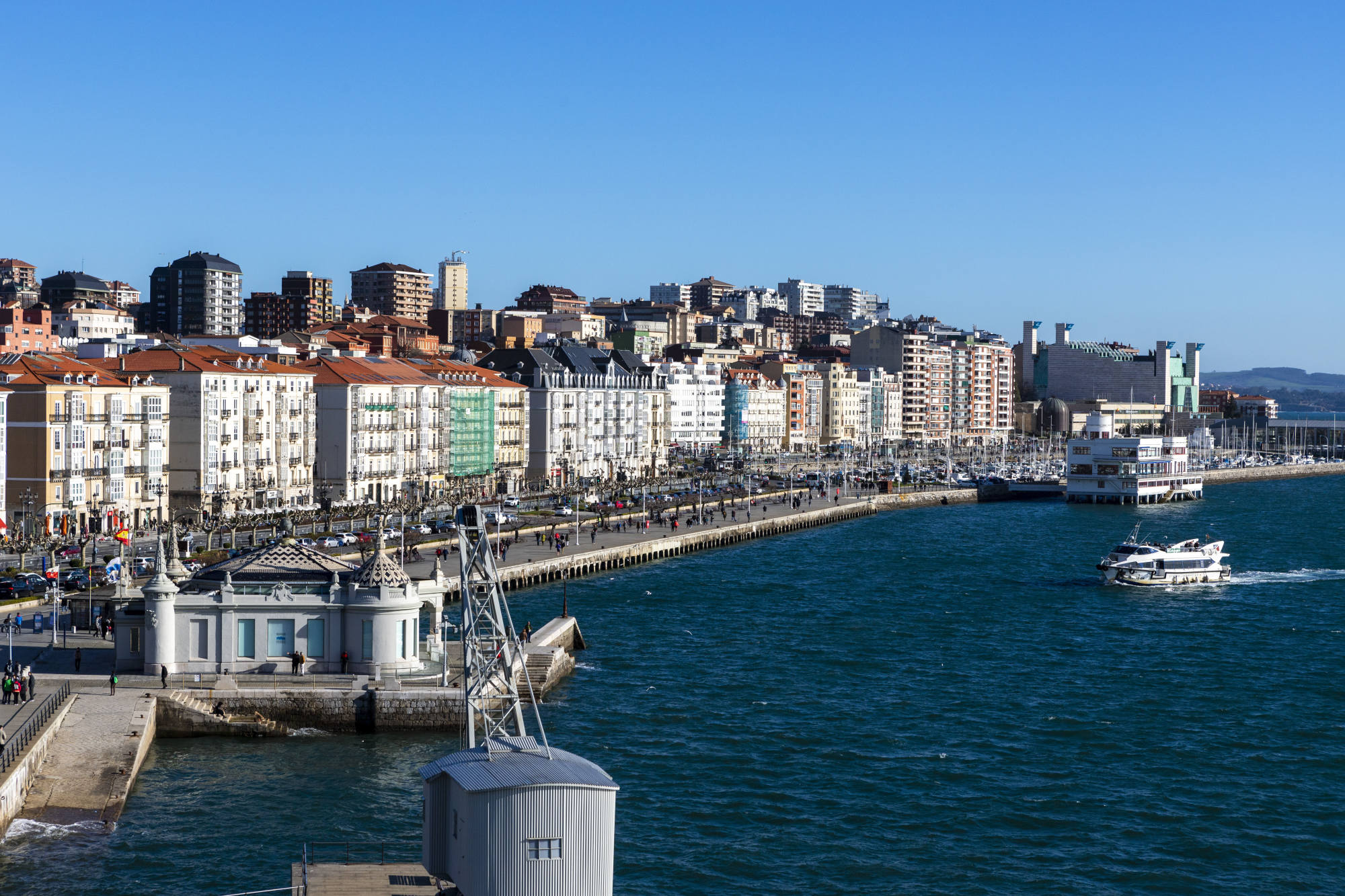
The Bilbao effect: how Guggenheim museum put the Spanish port on the map 25 years ago, and why some copycat projects in other cities backfired
- The Guggenheim Museum Bilbao opened 25 years ago, and transformed a rough Spanish port into a tourism hub, in what has since become known as the ‘Bilbao effect’
- Similar projects in some other cities have failed. We look at why, and how the Guggenheim became more than an art museum
The sunlight dances off the titanium plate coverings, reflected in gold and silver. The contours of the unique structure fan out imaginatively towards the sky. “The metallic flower” is what some call it – or is it more reminiscent of a ship docked on the banks of the adjacent River Nervión?
The Guggenheim Museum Bilbao represents building design at its most adventurous. Star architect Frank Gehry dreamed up his avant-garde museum of modern and contemporary art for a competition, one that marked the start of an extensive redevelopment of the northern Spanish city of Bilbao.
After four years of construction, the museum celebrated its opening on October 18, 1997. On its 25th birthday, it remains the pride and joy of the industrial metropolis.
The building brought about Bilbao’s transformation into an international visitor destination – from a rough city beset by armed conflict between the Spanish government and Basque separatist groups that plagued northern Spain throughout the second half of the 20th century.

“The Bilbao effect” has become a term that refers to economic upturn for depressed cities as a result of cultural investment combined with spectacular architecture.
“Gehry’s building put Bilbao on the map of culture vulture tourists in one fell swoop because it spread around the world as an iconic image – similar to the Sydney Opera House,” says Falk Jaeger, a Berlin-based architecture critic. “The name Guggenheim [one of the biggest in the world of modern art museums] also carried a lot of weight.”

Many cities have long tried “to take advantage of the Bilbao effect with stand-out buildings by star architects – mostly museums – from Reykjavik [in Iceland] to Graz [in Austria], from Manchester [in the UK] to Valencia [in Spain]”, says Jaeger.
“That rarely succeeds, or it fails miserably, as in the case of Lyons [France], where the Musée des Confluences by the architects Coop Himmelb(l)au is encamped on the banks of the Rhône and is one thing, and one thing only: ugly.”

“Oslo was able to record a Bilbao effect with its opera house in 2008, continuing in 2020 with the Deichmann Library, in 2021 with the spectacular Munch Museum and in 2022 with the National Museum, with which Oslo’s harbourfront became a string of impressive cultural buildings.”
It made sense that other cities in northern Spain wanted to build on the Bilbao effect simply because of their geographical proximity. There were, however, varying degrees of success.
In Oviedo, 250km (160 miles) west of Bilbao, the Congress Palace, built by Santiago Calatrava, has been beset by problems that have resulted in a lengthy legal battle between the architect and the building’s owners.

The nearby industrial city of Avilés, which adorned itself with a cultural centre designed by the Brazilian architect Oscar Niemeyer, did not end up on the cultural map. The futuristic architecture is too lifeless, the neighbourhood of smoking chimneys too ugly, the cultural programme too provincial.
In Santiago de Compostela, the capital of the Galicia region in northwestern Spain, Peter Eisenman’s City of Culture of Galicia, whose scattered constructions sit like foreign bodies on a hill on the edge of the city, has become a symbol of excessive money wastage.
Even the locals hardly want to go there, unless students and researchers need to go to the library or the regional archives.

The situation is different in the port city of Santander, where the Botín Cultural Centre has been a hit with locals and critics since its 2017 completion – even if only as a destination for walks along the promenade.
The work of the Italian architect Renzo Piano, who was supported by Spanish architect Luis Vidal, is modelled on a two-part breakwater, with one half on land and the other suspended over the water on stilts.
If you’re travelling to the Guggenheim in Bilbao, you should be aware of misconceptions of it being an art mecca. The museum has only a few permanent exhibits, including Bouquet of Carnations by Jeff Koons on the terrace next to the water gardens, and a series of steel sculptures by Richard Serra.

There are usually two or three temporary exhibitions at the museum, which can sometimes be disappointing.
Over the past 25 years, motorbikes, vintage cars and antique porcelain from China have been on display under the guise of art, alongside works by artists like English painter David Hockney.
Jaeger concedes that “the radiant building has shortcomings in the details and does not function well as a museum”. He considers the Serra gallery within the museum to be disproportionately “monstrous”, the pathways “strange” and construction details “cruel to look at”.
How a Hong Kong fashion designer’s life was changed by one Paris sculpture
The most important thing, though, is the overall effect. Gehry deliberately achieved the feat of elevating an art museum itself to the status of the most important exhibit: a mega-sculpture of angular and dynamically curved forms, symmetries and asymmetries, the interlacing of limestone, glass and titanium.
Additional reporting by Staff Reporter

